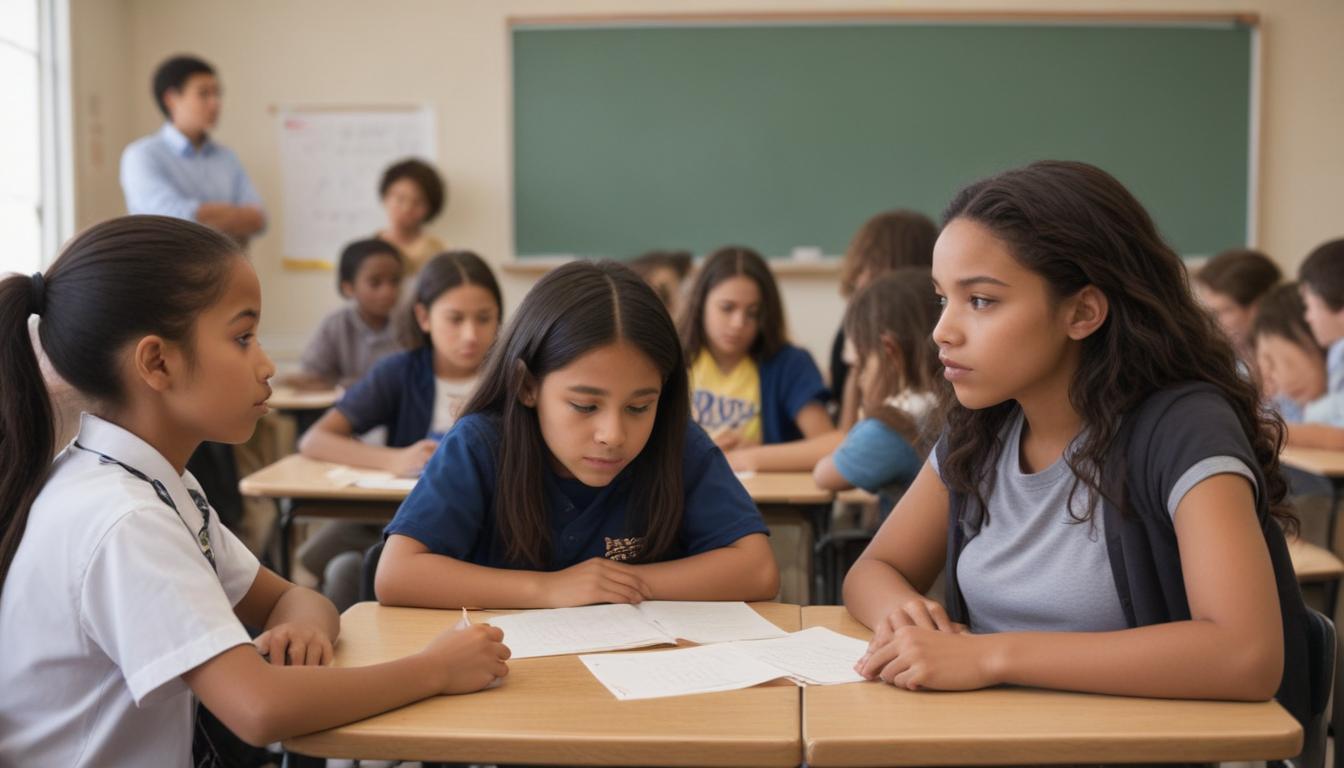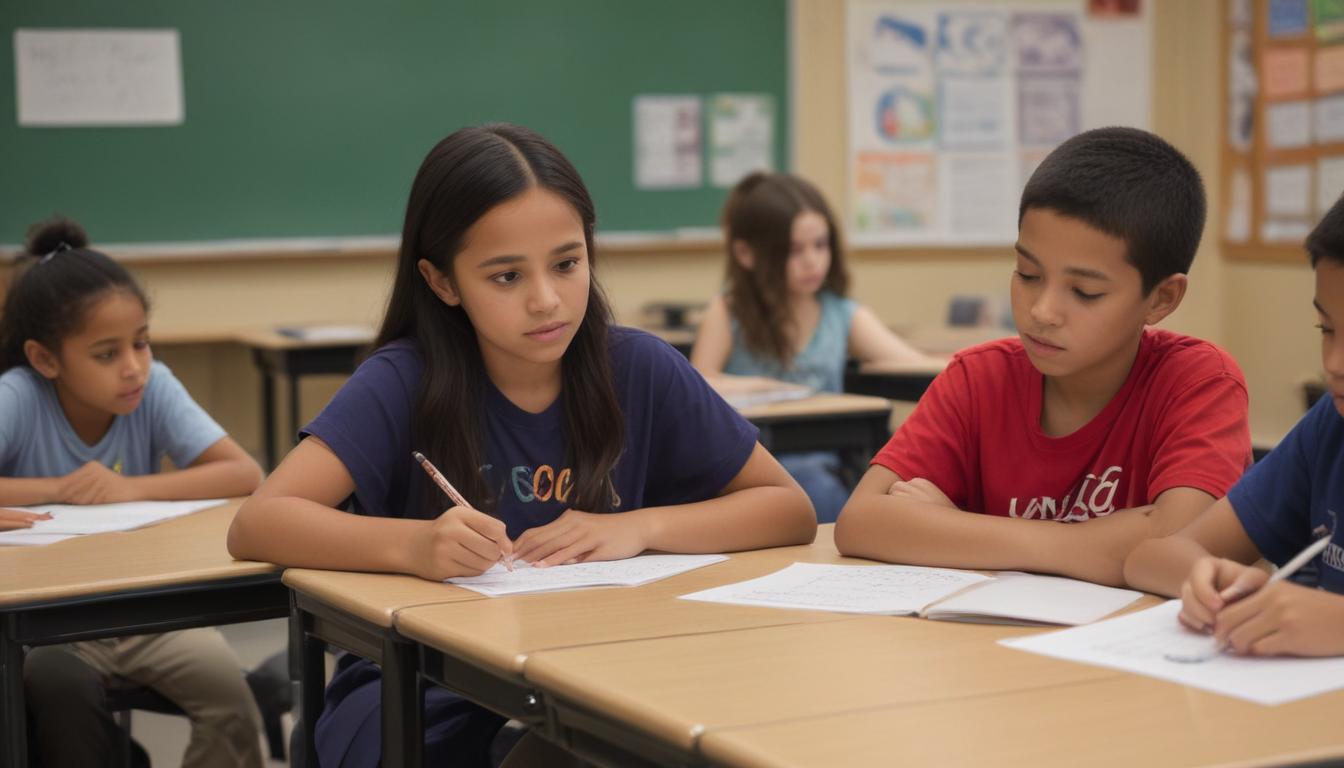Now Reading: Why Cultural Competence Lifts Every Student
- 01
Why Cultural Competence Lifts Every Student
Why Cultural Competence Lifts Every Student

Why Cultural Competence is Key to Student Success
Do you ever feel like you are struggling to connect with every student in your classroom? In today’s increasingly diverse world, educators face the wonderful but complex challenge of teaching students from a vast array of cultural, linguistic, and socioeconomic backgrounds. It can be disheartening when traditional teaching methods fall flat or when you notice certain students becoming disengaged, despite your best efforts.
You want to create a vibrant, inclusive learning space where every child feels valued and has the opportunity to thrive, but bridging those cultural gaps can feel like a monumental task. The solution isn’t another complicated curriculum or a passing trend; it’s a fundamental shift in perspective and practice known as cultural competence.
Developing cultural competence is the single most powerful tool an educator can possess to unlock the full potential of their classroom. It moves beyond simple tolerance and transforms the learning environment into one of genuine understanding, respect, and collaboration. By actively learning to recognize and appreciate the cultural differences present in your students, you build the foundation for stronger relationships, deeper engagement, and ultimately, greater academic success for everyone. This approach is not an add-on to your teaching duties; it is the very heart of effective, modern education.
What Cultural Competence in Education Truly Means
Cultural competence is far more than celebrating different holidays or hosting an international food fair. While these activities can be fun, true competence is a deeper, ongoing process. It is the ability to understand, communicate with, and effectively interact with people across cultures. For an educator, this involves first turning the lens inward to examine one’s own cultural background, biases, and assumptions. It requires an honest self-assessment of how your own experiences shape your worldview and your teaching style. This self-awareness is the critical first step toward building an authentic and respectful classroom.
From this foundation of self-awareness, cultural competence expands outward. It involves a genuine curiosity and a proactive effort to learn about the cultural norms, values, communication styles, and family structures of the students you serve. It means recognizing that a student’s quietness might not be disinterest but a sign of respect, or that a different approach to group work might be rooted in a collectivist cultural background.
It is about developing a flexible mindset and a toolkit of strategies that allow you to adapt your instruction and communication to meet the unique needs of each child, making them feel seen, heard, and academically supported.
The Transformative Impact on Student Learning and Engagement
When students feel that their culture is acknowledged and respected in the classroom, the effect on their learning is profound. This sense of belonging is a powerful motivator. A culturally competent environment reduces the anxiety and feelings of alienation that many students from non-dominant cultures experience at school.
When a student sees their own heritage, language, or experiences reflected in the curriculum—whether in the books they read or the history they study—the material becomes instantly more relevant and engaging. This validation builds confidence and empowers students to participate more fully in classroom discussions, ask questions, and take intellectual risks.
This environment doesn’t just benefit students from diverse backgrounds; it enriches the educational experience for every single child. A classroom that embraces multiple perspectives fosters superior critical thinking skills. Students learn that there is more than one way to look at a problem, interpret a story, or understand a historical event. They develop empathy, reduce their own biases, and become better prepared to navigate the interconnected global society they will enter as adults. Academically, this heightened engagement and sense of safety directly correlates with improved attendance, better grades, and higher graduation rates, proving that fostering belonging is one of the most effective academic strategies available.

Practical Steps to Build a Culturally Competent Classroom
Developing cultural competence is a journey, not a destination, and it begins with simple, intentional actions. Here are a few practical ways to get started.
Build Genuine Relationships
The most crucial step is to prioritize building genuine relationships. Learn to pronounce your students’ names correctly and take the time to learn something meaningful about their lives outside of school. Make a concerted effort to communicate with families in a way that is respectful of their language and cultural norms, viewing them as essential partners in their child’s education. This simple act of showing you care on a human level can break down countless barriers.
Evaluate Your Materials and Methods
Next, critically evaluate your classroom materials and instructional practices. Are the books, posters, and examples you use representative of a wide range of cultures, races, and experiences? Or do they primarily reflect a single, dominant culture? Actively seek out resources that present diverse viewpoints and showcase contributions from people of all backgrounds.
In your teaching, allow for different ways of processing information and demonstrating knowledge. By diversifying your curriculum and being flexible in your methods, you send a clear message that every student’s background is an asset to the learning community, creating a truly equitable and dynamic space for all.





































